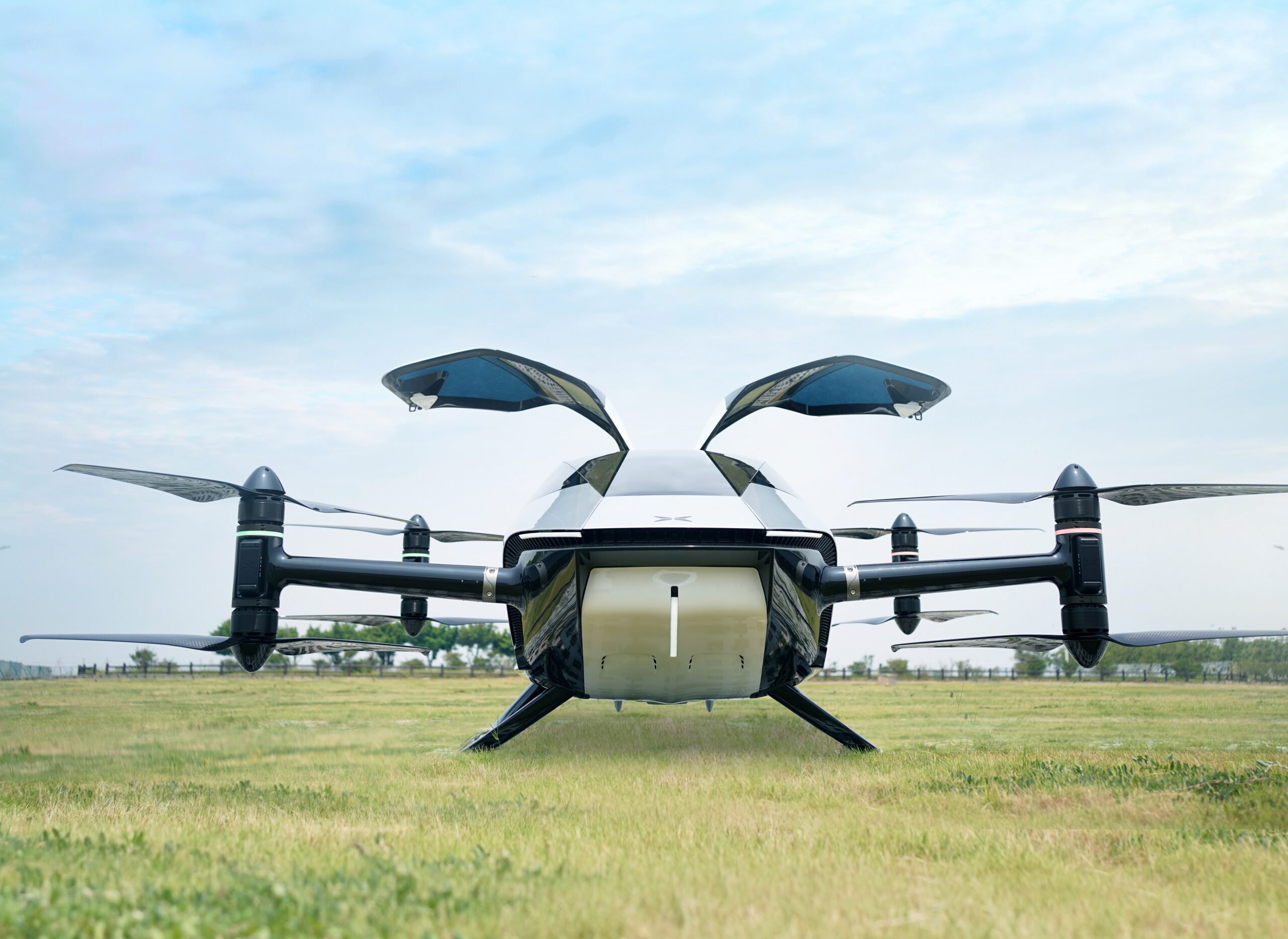ABB launched a new report last week that considers carbon capture, hydrogen, and electrochemistry as routes to decarbonizing primary steel production. It spotlights innovative new technology developments and approaches in Brazil, China, India, Sweden, and the U.S. – the countries that are leading the way towards fossil-free steel. It includes insights from leading steel manufacturers SSAB, Tata Steel and Aperam, as well as experts from the American Association for Iron and Steel Technology and ABB.
The new ABB report, named “What does the journey to fossil-free steel look like? How to achieve a sustainable future,” discusses decarbonization challenges including cost, the complexity in transitioning to lower carbon technologies and access to hydrogen, clean electricity, high-grade iron ore and fossil-free carbon and lime.
Current steel production is carbon and energy intensive and classified as one of the six “hard to abate” sectors. Globally, the steel industry is responsible for an estimated 8% of the world’s energy demand and generates between 7% to 9% of carbon dioxide (CO₂) emissions – most of which are from burning fossil fuels, according to various sources including the recent International Energy Agency (IEA) Iron and Steel Technology Roadmap.
To meet the criteria set out in the United Nations Paris Agreement on climate change and limit the global temperature increase to below 1.5°C compared with pre-industrial levels, the steel industry must achieve a target of net zero emissions by 2050. This will require radical transformation, especially in context of global steel demand which is projected to rise 30% by the same date.
The ABB report spotlights fossil-free steel innovation in five steel producing markets. These include:
- the Hydrogen Breakthrough Ironmaking Technology (HYBRIT) piloted in Sweden by steelmaker SSAB, state-owned iron ore miner LKAB, and state-owned energy company Vattenfall to make steel using green hydrogen and fossil-free electricity using the high-grade iron ore from the LKAB mines instead of coking coals;
- the ResponsibleSteel industry association-backed Aperam, which has interests in stainless steel and agriculture, and the use of charcoal produced from its own 100,000 hectares of FSC-certified forests in Brazil as a renewable substitute for coal-based coke in steelmaking to significantly reduce CO₂ and entirely eradicate the use of extractive coal;
- the HIsarna process by Tata Steel in India which uses a powdered form of the raw ore material instead of processed ores such as coke, sinter, or pellets to make liquid pig iron and can reduce emissions by up to 20% compared with the traditional blast furnace-basic oxygen furnace (BF-BOF) method.
The ABB report presents actions that steel producers can make now to reduce carbon in the short and medium term as well as steps to take with industry suppliers and partners to work together towards a fossil-free steel future.
To view the ABB report: “What does the journey to fossil-free steel look like? How to achieve a sustainable future” visit https://new.ABB.com/metals/what-does-the-journey-to-fossil-free-steel-look-like.




